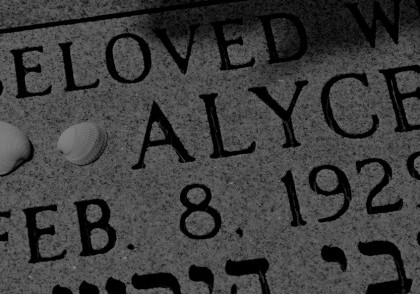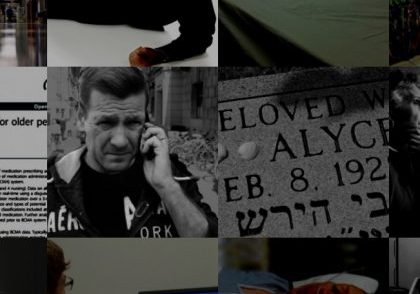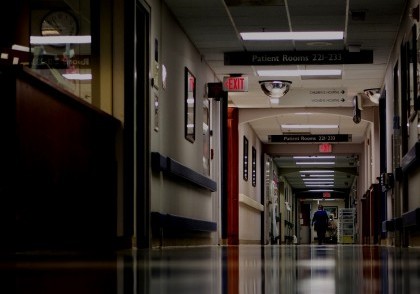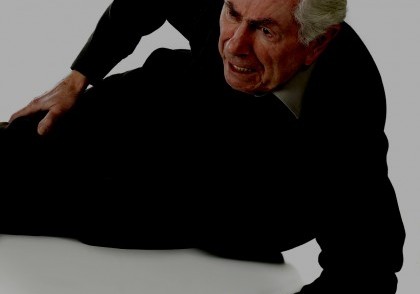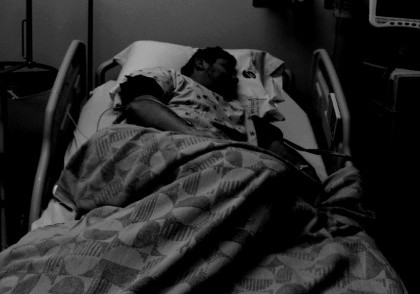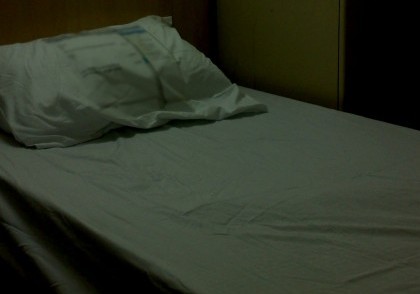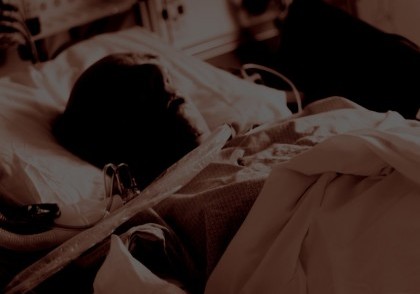Bedsores FAQ
You may have a lot of questions if you are worried that your loved one has developed bedsores due to a lack of proper care at his or her nursing home. This page addresses some of the concerns that frequently arise in a bedsore case.
Frequently Asked Questions
What is a bedsore?
The National Pressure Ulcer Advisory Panel defines a pressure ulcer as a "localized damage to the skin and underlying soft tissue usually over a bony prominence or related to a medical or other device." Pressure ulcers are also called bedsores, pressure sores, and decubitus ulcers.
How are bedsores caused?
Bedsores occur when a person does not move from one position for an extended period of time. Staying in just one position can put "pressure on certain areas of the body." This pressure "can reduce the blood supply to the skin and the tissues under the skin." If a person doesn't move around often enough, "the blood supply gets too low, [and] a sore may form."
Who is at risk for bedsores?
Over 2.5 million people develop bedsores in the United States every year. These wounds can develop relatively quickly, in as little as two to three hours, according to Johns Hopkins. Anyone who stays in one position for a prolonged period of time can be at risk for developing a bedsore. Thus someone who is immobile, bedridden or in a coma can develop one if not properly taken care of. In addition, a person who cannot feel pain may also be at risk, as are those with "diabetes, circulation problems and malnutrition."
How can bedsores be prevented?
According to Johns Hopkins, bedsores can be prevented by "inspecting the skin for areas of redness (the first sign of skin breakdown) every day with particular attention to bony areas." In addition to this, changing the person's position every two hours can help keep bedsores from forming as can using soft padding. For an individual in a wheelchair, soft padding can help prevent pressure ulcers, as can moving frequently. Johns Hopkins states that for a person "[s]itting upright and straight in a wheelchair, changing position every 15 minutes" is helpful. Good skin care and nutrition can also help with bedsores. These preventative care methods can also help prevent "existing sores from getting worse." There also special mattresses that should be given to nursing home residents who are at risk to develop bedsores.
Are bedsores a sign of elder abuse?
Yes, bedsores can be a sign of elder abuse. If your loved one is a resident in a nursing home or other elder care facility, the staff should be providing them with the care and treatment that they require. For example, if your loved one is immobile and unable to move him or herself, a part of your loved one's treatment would be to make sure that he or she is moved frequently, so as to prevent a bedsore from developing.
What complications can result from bedsores?
A bedsore that is not properly treated can become infected. According to the American Academy of Family Physicians, the signs that a bedsore may be infected include "thick, yellow or green pus, a bad smell coming from the sore, and "redness or warmth around the sore." In addition, if the sore is swollen or tender this can also be a sign of infection. If the infection spreads, other symptoms may also occur including: fever, weakness, rapid heartbeat, chills, and "[m]ental confusion or difficulty concentrating." Complications can also include sepsis, cellulitis, and bone or joint infections, according to a Mayo Clinic report.
How can I check for bedsores?
Bedsores occur in certain areas of the body, often in "bony parts of the body that don't have much fat to pad them." The lower back, heels and hips are a common place that bedsores can develop. These wounds can also occur on "the base of the spine (tail bone), the shoulder blades, the backs and sides of the knees, and the back of the head."
There are four stages of bedsores. At the earliest stage, Stage I, "[t]he affected skin looks red and may feel warm to the touch. The area may also burn, hurt or itch. In people who have dark skin, the pressure sore may have a blue or purple tint." At Stage 2 the sore will be painful and possibly discolored. It may be an open wound "that looks like an abrasion or a blister." At Stage III the sore is even worse, taking on a "crater-like appearance due to increased damage to the tissue below the skin's surface." At Stage IV "[t]he skin and tissue is severely damaged, causing a large wound. Infection can occur at this stage. Muscles, bones, tendons and joints can be affected by stage 4 pressure sores."
What should I do if I've spotted bedsores?
If you suspect your loved one has developed a bedsore, it is important to take them to see a doctor so that they can get the appropriate medical care that they need. If the sore has developed in the nursing home, the nursing staff and physician should be alerted immediately.
Can I bring a lawsuit if a loved one has suffered bedsores?
It depends. If the bedsore developed as a result of negligent treatment, then you may be able to bring a negligence lawsuit against the medical professionals person or facility responsible for the injury your loved one sustained. For example, if your loved one was immobile and not turned on a regular basis at the nursing home and developed a bedsore as a result, then you may have a claim against the nursing home for negligence.
Who can be named in a bedsore lawsuit?
The person or entity that can be named in a bedsore lawsuit will depend on the facts and circumstances of the case.
Contact A Nursing Home Abuse Attorney
If your loved one has been the victim of neglect in a nursing home in New York, please do not hesitate to contact the law firm of Dalli & Marino today. Our attorneys have extensive experience fighting on behalf of those who have been mistreated in nursing homes and other care facilities. Contact our office today to discuss your case at (888) 465-8790, or fill out our online form.
Case Study – [MC]
“But for that dosing error… Mom would still be with us.” DATELINE…
Case Study: Wrongful Death
Nursing Home Abuse: Case Study 19: Wrongful Death in a Nursing Home
Case Study: Nursing Home Abuse — From a Distance
You can’t be there every minute. But what of the warning signs for nursing home abuse?
Cases of Nursing Home Abuse
Review our portfolio of case studies covering numerous aspects of nursing home abuse: falls, bedsores, over-medication, neglect.
Case Study: Where is Everyone?
Nursing Home Abuse Case Study: Understaffing or neglect in a nursing home can cause severe loneliness, depression, loss of appetite or ignore health warning signs.
Case Study: Nursing Home Falls
Nursing Home Abuse: Despite best practices intended to reduce the incidence of falls, they remain a common cause for nursing home injuries.
Case Study: It Starts with Bruising
Nursing Home Abuse: Bedsores caused by neglect
Case Study: Nursing Home Bedsore
Nursing Home Abuse: Bedsores can lead to fatal complications, including organ failure and even cancer.
Case Study: I Never See A Doctor When I Request One
Nursing Home Abuse Case Study: Patients fail to receive prompt attention from nursing home physicians.
Case Study: Medication Error
Nursing Home Abuse Case Study: A medication error leads to dangerous health complications or death.
